Choosing a new paraglider can be an exciting point in your career as a paramotor pilot, but it can also be a daunting one.
As paramotoring has grown so too has the number of manufacturers, each offering a wide range of wing models in various sizes. New technologies have been introduced to satisfy specialist niches that have emerged within our sport making the choice both impressive and expansive. The perfect wing for each pilot depends on many factors. Whether you’re a beginner pilot or experienced, there is no single paramotor wing that is best. Each has its pros and cons. The key is figuring out what is important for you and your flying.
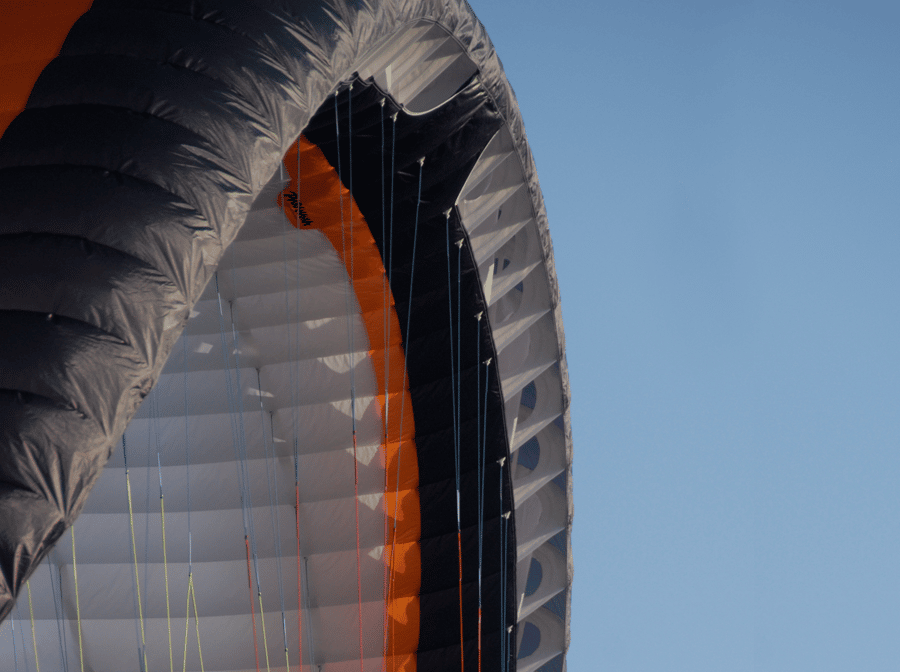

A paramotor wing or paraglider is known as a ram-air airfoil and is made up of two fabric surfaces which are sewn together via vertical supporting ribs, in such a way as to form a row of cells. By leaving the cells open at the leading edge, they work to trap incoming air which inflates the glider and maintains a typical teardrop aerofoil shape. Paramotor wings are made of high-performance non-porous fabrics and are good for approx. 300 hours (about four years) of flying before they begin to deteriorate.
On the underside are usually four or five rows of lines. These lines all stream down and are secured together via risers either side of the pilot. The riser are attached to the paramotor’s hangpoints using karabiners. At the wing’s trailing edge the lines make up the brakes, or control lines. Manipulating the lines changes the direction or speed of the glider as it flies. Lines are made of synthetic materials that won’t stretch or shrink, causing the glider to become unbalanced and unsafe.
Paraglider size is very much dependent on your take-off weight. Your take-off weight is your total all-up weight of you, your paramotor and anything else you might be carrying during take-off and your flight. Take-off weight is measured in kilograms and is something that you should always know, like your birthday.
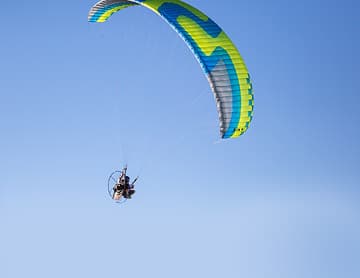
Once you have determined your take-off weight in kilograms, you can select the size of paramotor wing that puts you closest to the ideal weight range ensuring correct glider safety and performance. Some manufacturers use the terms XS – XL to define their wing sizes. Others use a number which relates to the size. All stipulate a take-off weight range which has been certified by organisations like CEN (EN), DHV and AFNOR.
It is optimal to select a wing in which your take-off weight sits in the upper half of the weight range, and that the sweet spot sits at 75 percent of wing loading. For example, an Ozone Roadster 3 size 26 has a take-off weight range of 80kg to 140kg, your ideal take-off weight for that wing is between 110kg and 140kg, with the sweet spot being 125kg. If you fall on the border of two sizes, then speak to your instructor who can make an honest assessment of your capabilities and help advise you on the best choice.
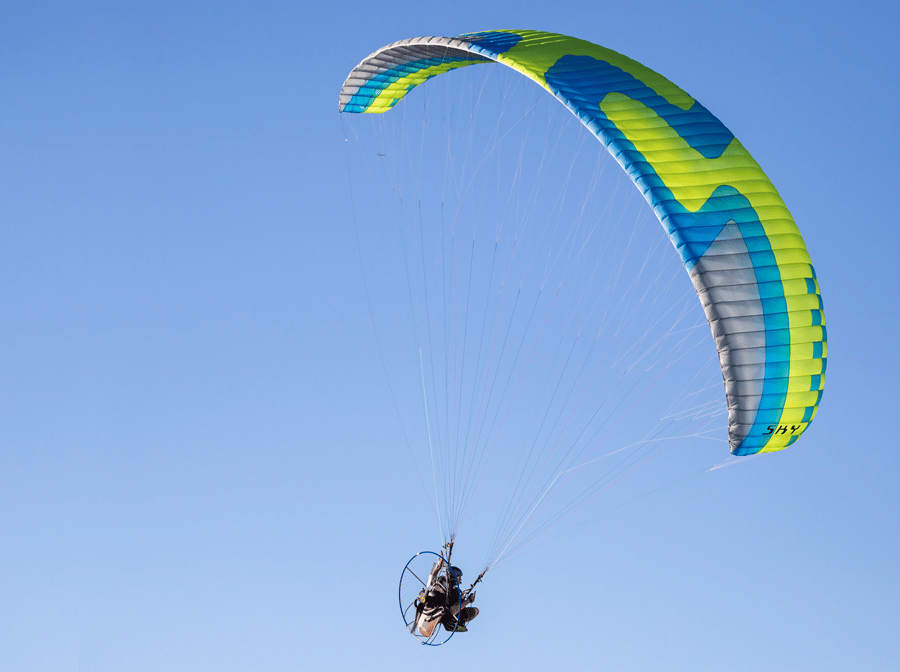
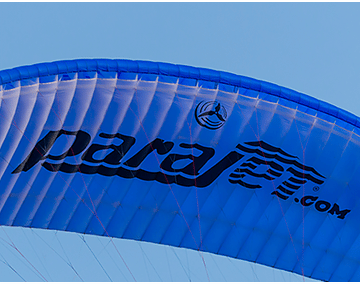
When a glider is lightly loaded, reactions to collapses and in-flight episodes will happen slower and with less severity. With higher loading will be a higher pressurisation, collapses will happen less frequently, but when they do occur, they do so stronger and in a more dramatic fashion.
When selecting your wing, ignore colour, graphics and what your friends are flying. These frivolities mean nothing. Your safety, comfort and confidence in the air is all that matters. If you get the balance right, the quality of your flying will improve. You’ll fly safer and have a better chance of making the right decisions when you need it the most. The best approach is to work with your instructor to select a paramotor wing that is right for you.
When choosing your Paramotor wing it’s important to take ratings into consideration. Ratings not only take your skill-level into consideration, but also the responsiveness of the glider and its tendency to lose control, and the likelihood or speed of its recovery. By far the most recognised certification standard is European Normalisation (EN) which classes gliders EN-A through EN-D. The DHV (German Hang Gliding Association) adjusted their own standard to be about the same and calls it LTF but still gives it 5 levels

Accessible for students and first time pilots. Bomb-proof handling. Maximum level of passive safety. Forgiving of pilot error and the effects of turbulence.

Designed for more adept students or for your first wing progression. More performance, responsive handling, reassuringly easy to fly with lots of passive safety.

Moderate passive safety. Requires active piloting. Fun and sporty with sharper handling. For experienced pilots with many hours in the harness.

The pup’s nuts in performance. Least passive safety. Demands constant attention and a ton of pilot experience. Must be flown actively and intelligently.

Accessible for students and first time pilots. Bomb-proof handling. Maximum level of passive safety. Forgiving of pilot error and the effects of turbulence.

Designed for more adept students or for your first wing progression. More performance, responsive handling, reassuringly easy to fly with lots of passive safety.

Moderate passive safety. Requires active piloting. Fun and sporty with sharper handling. For experienced pilots with many hours in the harness.

The pup’s nuts in performance. Least passive safety. Demands constant attention and a ton of pilot experience. Must be flown actively and intelligently.
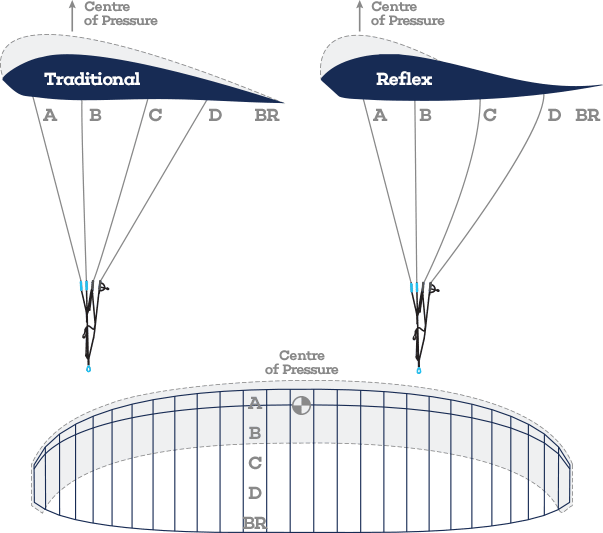
Reflex wings have been around as long as aeroplanes have been flying, but only recently have the benefits been recognised for a powered paraglider. Reflex means that the trailing edge of the aerofoil is higher than the leading edge, moving the centre of pressure forward. This makes a reflex wing extremely pitch stable and resistant to collapse.
The centre of pressure is a balance point where all forces on the wing accumulate. If the CoP moves backwards, it results in a loss of pressure at the leading edge. If high enough, a front collapse will occur. This happens on more traditional gliders when activating the speed system. On a reflex wing releasing trimmers and activating the speed system shifts the pilot’s weight forward, so that the leading edge carries almost all of the weight while the trailing edge gets relieved. The disadvantage for beginner pilots is that reflex wings are more difficult to ground handle and steering can be less responsive, especially at these faster trim settings.



A Paramotor wing has a limited lifespan, approx 300 hours. Sunlight, moisture, and abrasion degrade the material and lines. Older gliders become porous or have improper line lengths due to stretching or shrinkage, issues which are invisible to a casual inspection. When considering a secondhand wing, keep in mind you’re buying the latter half of its life. So you’ll be flying the worst half. You’re not saving money in the long term. If the glider is in poor condition, it will be more frustrating to launch and could be dangerous.
If you can afford it, always buy new. You’ll get the latest technology, start with a fresh crisp wing, and there will be no guessing its condition or history. If you opt for used, it’s best to buy from a known source. Have it inspected by a reputable service centre. View the wing in person or with your instructor. After you’ve purchased your wing, annual inspections will help ensure performance and safety.
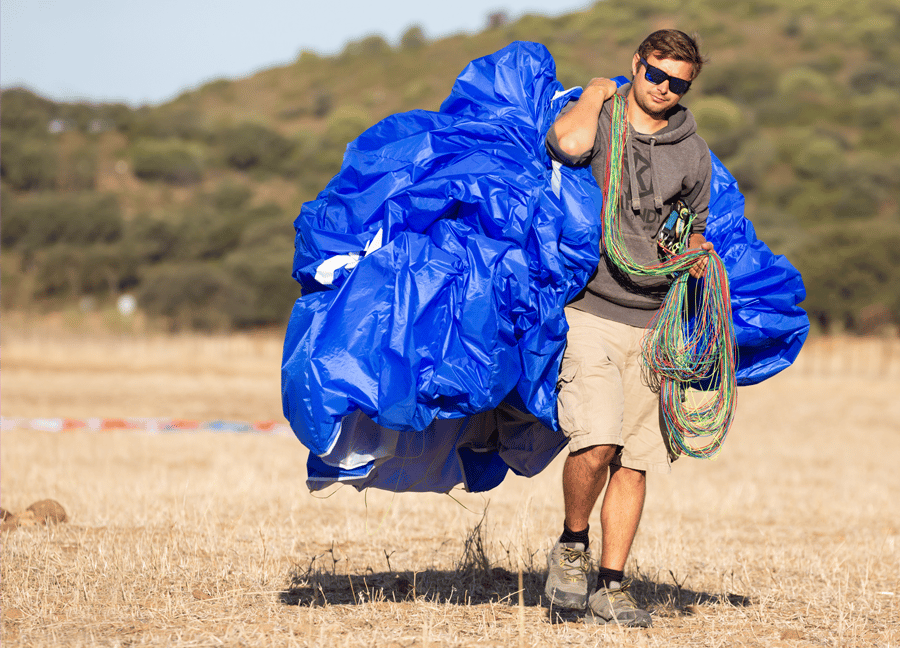
| Glider weight: | Usually measured in kilograms. Lighter gliders are a dream to launch and easier to transport. |
| Sink rate: | Rate at which you decrease in altitude, usually quoted in metres per second. |
| Glide ratio: | Distance of forward travel divided by the altitude lost in that distance. Measured with engine off. |
| Trim speed: | Speed of the wing at different trim settings, and the maximum speed with speedbar fully engaged. |
| Colour: | Not just aesthetics. Consider a colour that is easily visible from the ground and by other aircraft while airborne. |

Every pilot desires something a little different. What matters is that you fly safe and go home having had a great flight, with a big smile on your face. Because that is what paramotoring is all about.

If you can afford it, always buy a new paramotor wing. Gliders get harder to inflate with age and could potentially be dangerous.

Choose a paramotor wing that is sized correctly for your total take-off weight. The sweet spot sits at 75% of the wing loading.

Be honest. Choose a paramotor wing rated for your skill level. If you want to make learning easier start with a beginner glider.

Do your research. Choose the paramotor wing that’s right for you, your flying style and gives you the most confidence in the air.
As leading experts in aerial adventure, Parajet aims to inspire and ignite your passion for personal freedom. To help facilitate your paramotor training and make the sky your playground. Our high-quality paramotors lead the way in design and innovation so that you can safely enjoy a lifetime of experiences that thrill and amaze.
14 Chaldicott Barns, Tokes Lane, Semley, Dorset SP79AW
© Copyright & ® ™ Trademarks Parajet International Ltd & Parajet Inc. All Rights Reserved.
© Copyright & ® ™ Trademarks Parajet International Ltd & Parajet Inc. All Rights Reserved.
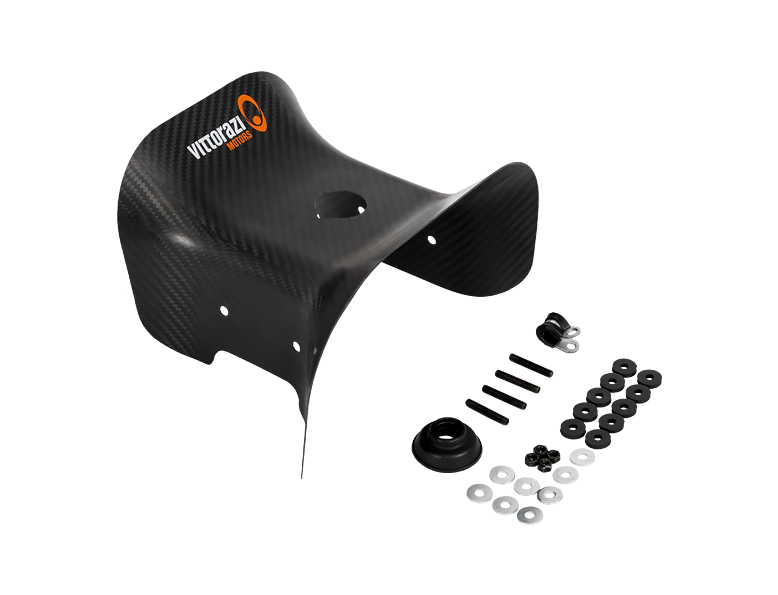
Fits onto the Moster 185 Plus and Moster 185 Plus DS engines to
allow extra cooling to your cylinder head. Strongly recommended
for sportive use, for tandem flights, or for use in locations with high
temperature environments. Ships with shroud fitted.